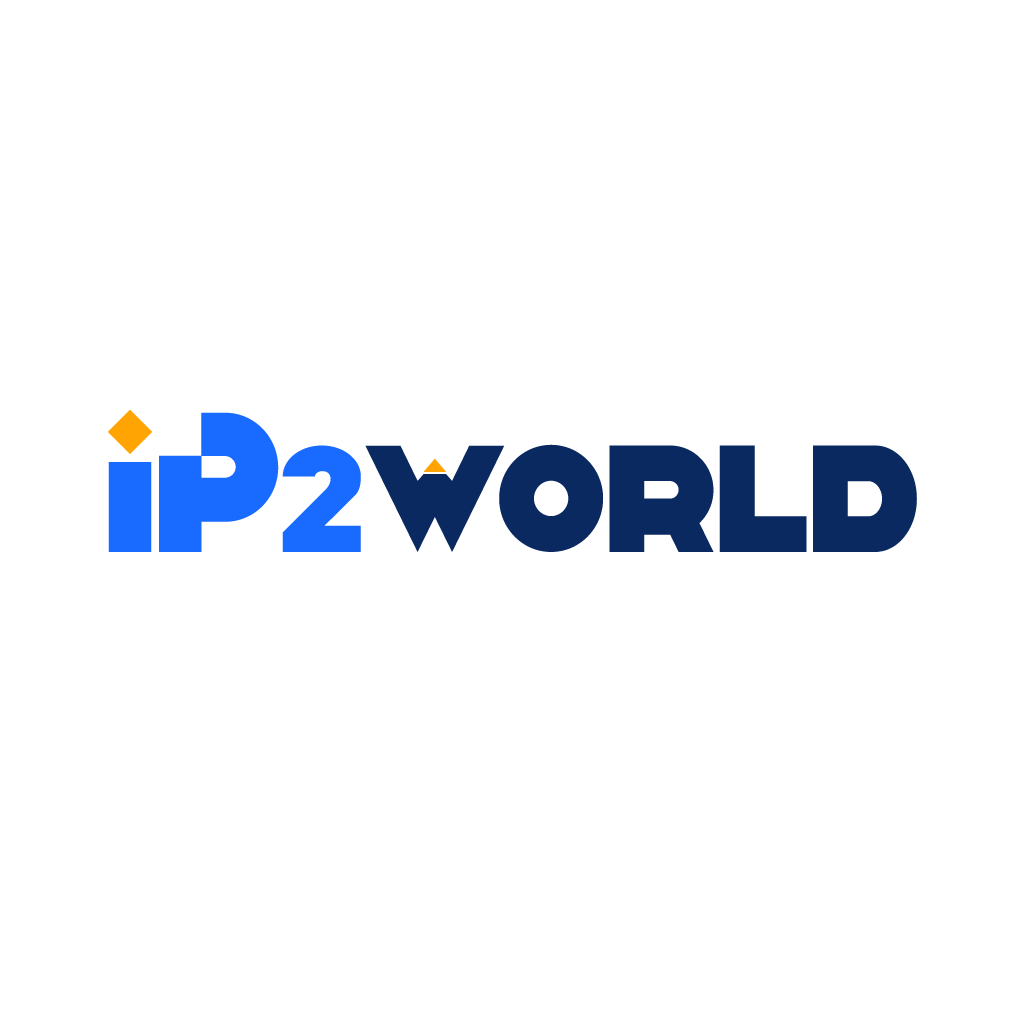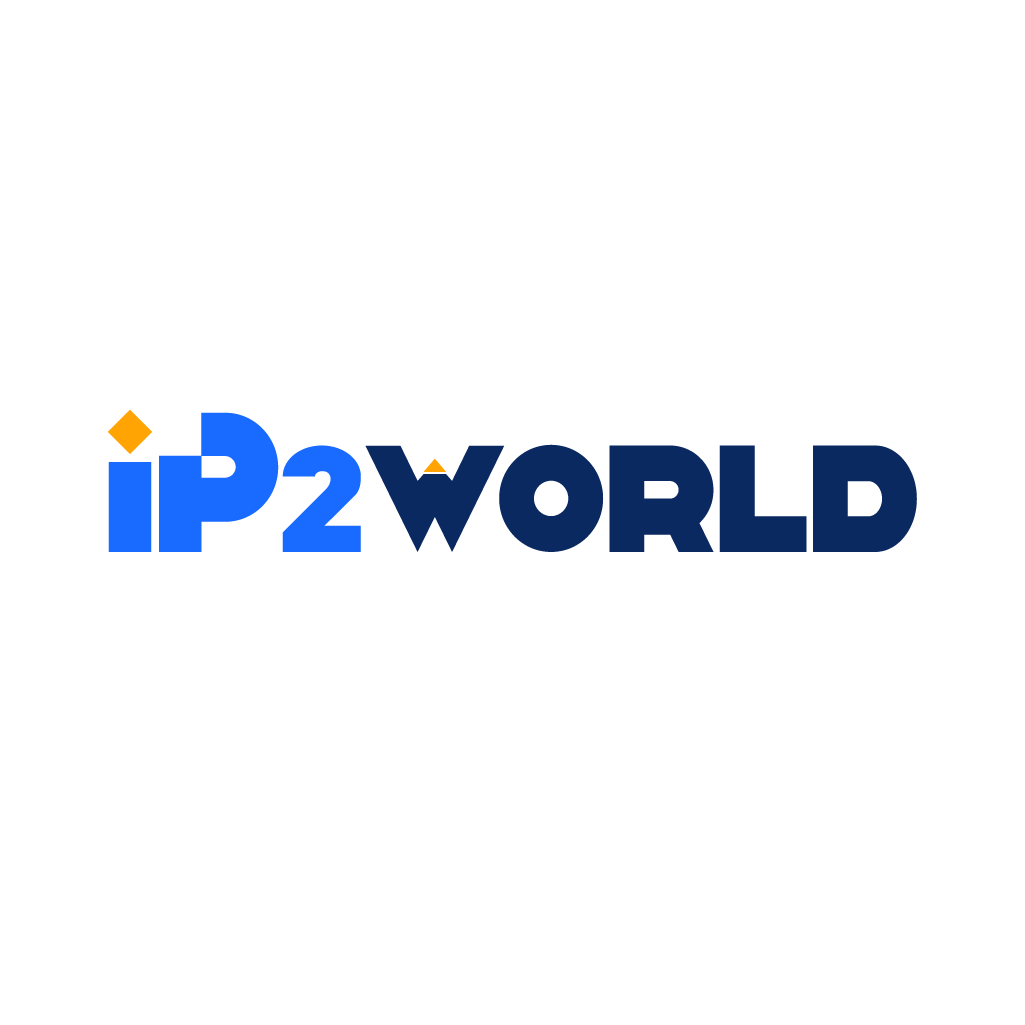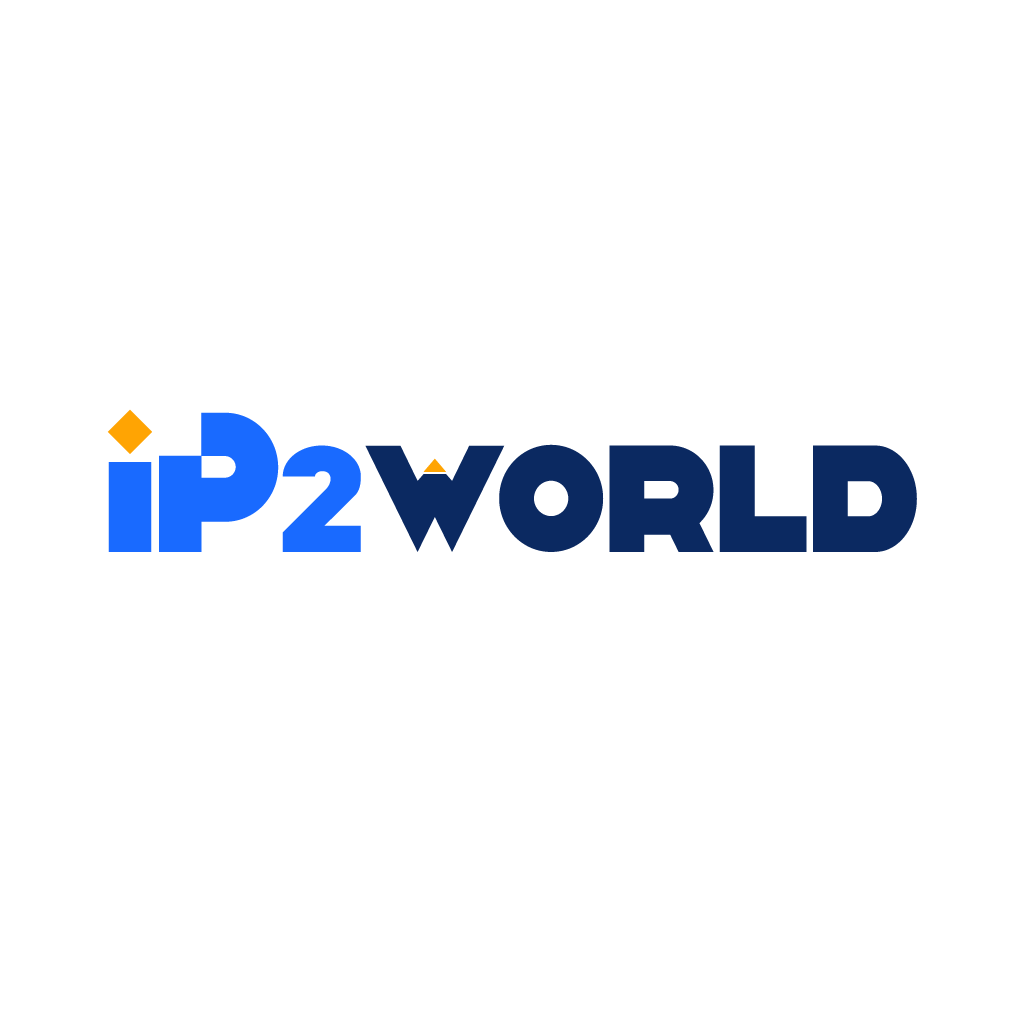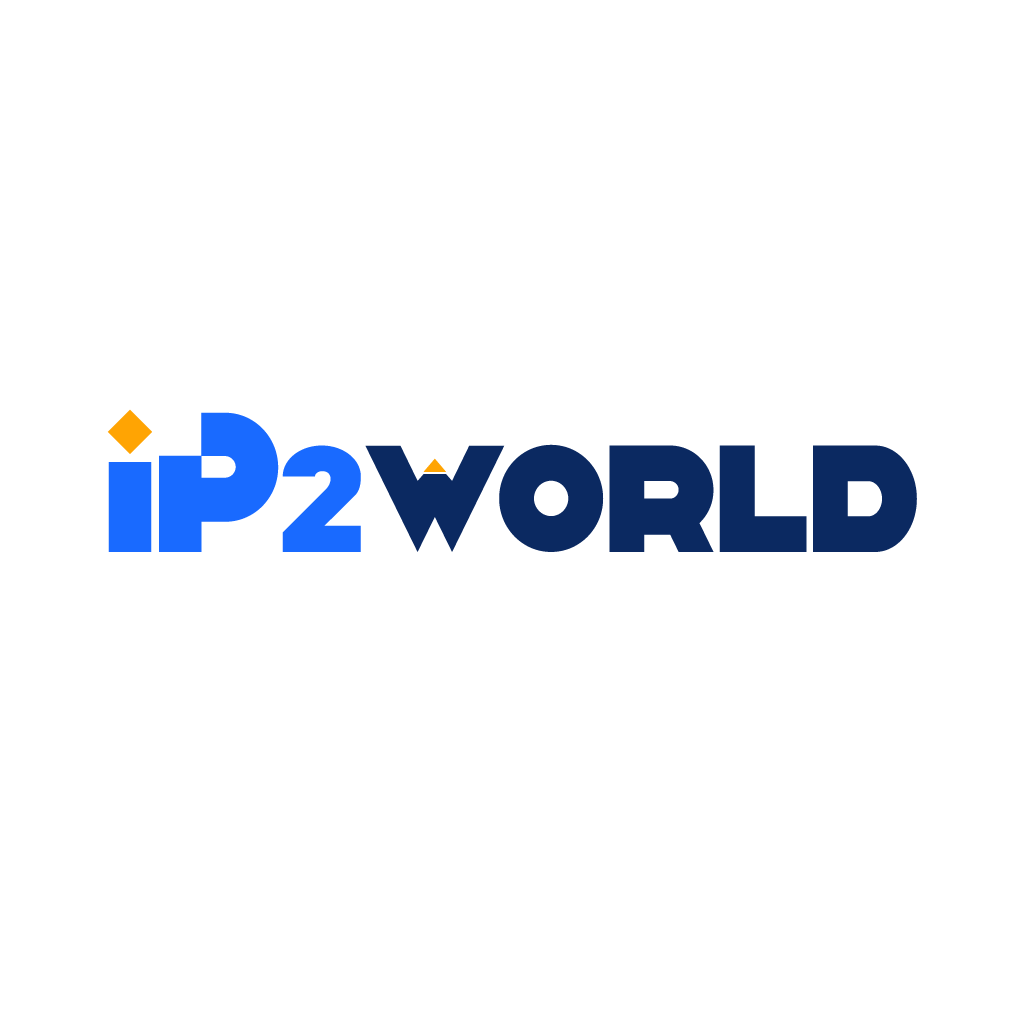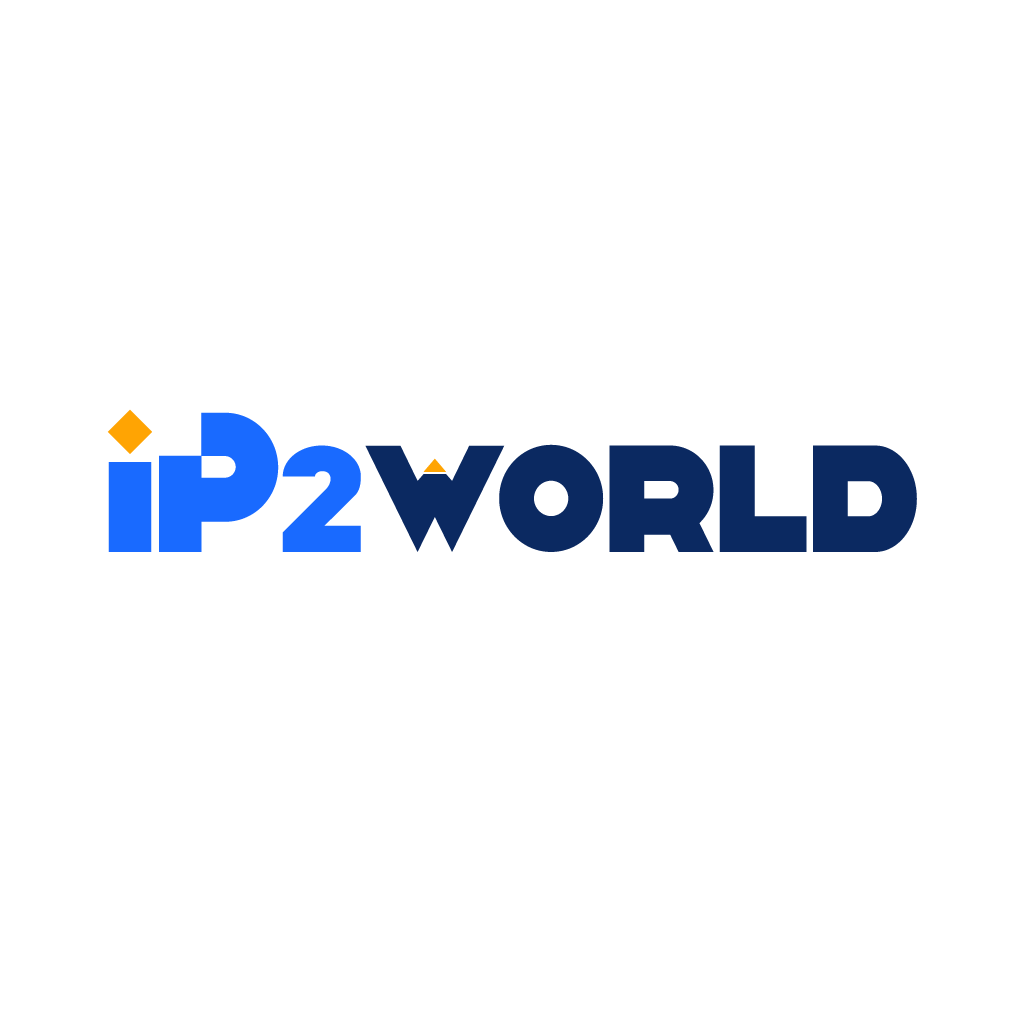Introduction With data proliferating across industries, organizations are increasingly looking to tap into advanced analytics techniques like predictive modeling to unlock greater value from their data. Predictive analytics allows using current and historical data to forecast future outcomes, trends, and behaviors. Mastering predictive analytics enables data-driven decision making and strategic planning. However, for beginners, the world of predictive modeling can seem complex and intimidating initially. This article aims to provide an intuitive, beginner-friendly introduction to predictive analytics. We will walk through the key concepts involved in understanding data, building models, evaluation techniques, real-world deployment, and use cases for hands-on practice. By the end, readers will have a solid foundation to start applying predictive analytics and take the next steps in their journey. Types of Predictive Models There are several common types of models used for predictive analytics: Regression Models: Regression models quantify the relationship between a dependent variable and one or more independent variables. For example, linear regression can predict sales numbers based on ad spending, pricing, promotions etc. Regression is useful when historical data is numerical and continuous. Decision Trees: Decision trees break down a dataset into smaller subsets based on if-then-else decision rules. The tree structure allows segmenting populations through a sequence of questions. Decision trees are intuitive and can handle both numerical and categorical data. Neural Networks: Artificial neural networks identify complex patterns and relationships in data through techniques like deep learning. They mimic how the human brain processes information, using many interconnected nodes organized in layers. Neural nets can model highly non-linear relationships. Time Series Models: Time series models make predictions based on sequencing and temporality of data points. For example, autoregressive models predict future values based on a weighted sum of past values. Time series analysis is applicable for data indexed chronologically like sales over time. Understanding and Collecting Data High-quality historical data serves as the fuel for accurate predictive analytics. When getting started, it is important to understand what types of data need to be collected and how to preprocess the data. Structured Data: Structured data has a predefined format and schema, such as numerical metrics, dates, categories etc. Examples include sales figures, product prices, customer age groups. Structured data is straightforward to analyze. Semi-Structured Data: Semi-structured data lacks a formal structure and has more variability. Examples are emails, text messages, social media posts. Relevant data needs to be extracted for analysis. Unstructured Data: Unstructured data has no defined schema, such as raw text, images, videos, audio. This data needs significant preprocessing before analysis, such as speech-to-text conversion. Once collected, data preprocessing is crucial. Steps include cleaning missing/outlier values, combining disparate data sources, formatting consistently, sampling/partitioning data, and feature engineering. Proper data preparation can significantly improve model accuracy. Building Predictive Models Building an effective predictive model involves several key steps: 1. Gather and Prepare the Data The first step is collecting relevant structured and unstructured data from various sources. The data then needs to be preprocessed - cleaned, formatted, sampled, etc. Data preparation is crucial for model accuracy. 2. Split Data into Training and Test Sets The prepared data is split into training and test sets. The training set is used to train the model, while the test set evaluates model performance. A typical split is 60-80% training, remainder test. 3. Select a Predictive Modeling Algorithm There are many algorithms like regression, decision trees, and neural networks to choose from. The choice depends on factors like goal, data type, and problem complexity. Linear models work well for numerical data while tree models handle categories. Neural networks can model complex nonlinear relationships but require more data. 4. Train the Model on the Training Data The training process uses the training data to learn the algorithm parameters that best map inputs to predicted outputs. For neural networks, backpropagation does iterative adjustment of weights and biases. For tree models, information gain metrics determine the optimal splits. 5. Evaluate Model Performance on the Test Data The trained model is tested on the unseen test set to assess real-world performance. Evaluation metrics like R-squared, confusion matrix, ROC curve, precision-recall are used to quantify predictive prowess. 6. Tune the Model by Adjusting Parameters Tuning techniques like grid search and random search are used to tweak model hyperparameters and optimize performance. For neural networks, the number of layers and neurons are tuned. For tree models, pruning controls overfitting. 7. Optimize and Finalize the Model Additional refinements like ensemble modeling, stacking, and blending can optimize model performance. The finalized model is then ready for real-world application. Thoughtfully executing these key steps results in highly accurate predictive analytics models, ensuring maximum business value. Evaluating and Improving Models Thoroughly evaluating models is crucial before deployment. Common evaluation metrics include: - Accuracy: Overall predictions correctly classified - Precision: True positives over total predicted positives- Recall: True positives over total actual positives- F1 score: Harmonic mean of precision and recall- MSE: Difference between actual and predicted values- R-squared: Variance in data explained by model There are various techniques to improve model performance: - Hyperparameter Tuning: Tweaking model settings like neural network topology or tree depth.- Ensemble Modeling: Combining multiple models to improve overall performance. - Additional Data: Increasing model training data with more examples.- Algorithm Change: Trying more advanced algorithms like boosting or SVM.- Regularization: Techniques like dropout in neural networks to reduce overfitting. Continuous model monitoring and updating with new data also maintains predictive accuracy over time as relationships evolve. Deploying and Monitoring Models Before full-scale deployment, models undergo rigorous testing and validation. It is also common to slowly rollout models to a small sample group first. Post-deployment, continuous tracking of performance metrics and data drift is crucial. If model accuracy drops, immediate retraining and updating is required to maintain reliability. Monitoring can be automated via performance dashboards tracking key metrics like precision, latency, drift etc. Automation and DevOps practices help streamline model retraining pipelines as well. With rigorous evaluation, testing, and monitoring, organizations can deploy predictive models successfully at scale to transform decision making. Use Cases for Beginners Some introductory predictive modeling use cases suitable for beginners include: - Demand Forecasting - Predicting future product demand based on historical sales data. Regression models can quantify impact of pricing, promotions, seasonality etc. on sales. - Customer Churn - Estimating customer churn likelihood using engagement metrics like purchases, logins, usage. Classification models identify churn risk factors. - Home Valuation - Predicting home prices based on attributes like size, location, age. Regression algorithms relate pricing to property features. - Spam Detection - Identifying spam emails by analyzing text patterns, sender profiles, metadata etc. Text classification models categorize emails as spam or not. Public datasets for these projects are available on open data platforms. These platforms offer curated sample datasets for hands-on practice going through steps like data collection, preprocessing, model building and evaluation. Working through end-to-end modeling on curated datasets is a great way for beginners to learn core concepts. Online code notebooks make it easy to get started. As intuition develops, learners can tackle more advanced use cases and real-world datasets. Practical experience builds predictive analytics capabilities rapidly. Conclusion This guide has equipped beginners with core concepts spanning data, algorithms, model building, evaluation, deployment, and use cases to get started with predictive analytics. While initial learning can be challenging, persisting through the key steps systematically can make predictive modeling an intuitive process over time. Experimenting hands-on with sample data and use cases accelerates proficiency. Ultimately, the path to predictive analytics mastery relies on continuous, lifelong learning and honing skills through practice. But by understanding the fundamentals, beginners can take the important first steps on this journey and begin uncovering actionable insights from data. With the powerful capabilities unlocked, the possibilities are endless.
2023-09-18
